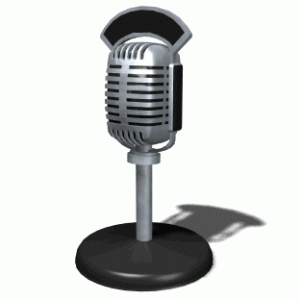Back in the 1980s, just having cable was a big deal. Even though you’ve got far more choice today, it seemed you were getting far more bang for your buck back then. Specialty channels were scarce, but all you really wanted was to pick up the border channels anyway. That, and the way the image appeared to be crystal clear with cable. Today, we scoff at anything that isn’t HD, but at that time, it was standard analog cable that was the step up from the old rabbit ears.
There is one thing that is similar now to the early days of cable TV, and that is the necessity for a set-top box. Back in the 1970s and a part of the 1980s, you needed a set-top cable converter. Some rented it from their cable provider, others bought their own. The rented ones tended to be corded models, like the one shown below. It only had the capacity for about 30 channels and you couldn’t control the volume with it, or even turn the set on for that matter. The store-bought models, made by manufacturers like Jerrold and Philips did provide those features, were wireless and looked impressive sitting on top of the TV.
 As the 80s drew to a close, most new TV sets had built-in converters, and thus all you needed to do was plug the cable directly into the unit. If you subscribed to pay-TV, it was still necessary to route it though a decoder box provided by the cable company. Keep in mind, unless you had one of those gigantic C-Band dishes or an antenna, you quickly realized that cable companies were monopolies.
As the 80s drew to a close, most new TV sets had built-in converters, and thus all you needed to do was plug the cable directly into the unit. If you subscribed to pay-TV, it was still necessary to route it though a decoder box provided by the cable company. Keep in mind, unless you had one of those gigantic C-Band dishes or an antenna, you quickly realized that cable companies were monopolies.  The 90s arrived with new decoder technology. In Quebec, Videotron introduced the “Videoway” box with much fanfare. This set-top box introduced us to interactivity several years before the Internet. I’ve mentioned Videoway here before, but it is worth bringing up again, if only to point out how it was a technological sign of things to come. Interactive TV was a new feature of the system, including the ability to chose camera angles during live events and outcomes on pre-recorded TV programs. It never really became as widely used as it could have been, however. There were also interactive program guides, games, news and weather services and so on. But Videoway was still an analog decoder and although it hung around for some up until a few years ago, the technology had become dated by the end of the 90s.
The 90s arrived with new decoder technology. In Quebec, Videotron introduced the “Videoway” box with much fanfare. This set-top box introduced us to interactivity several years before the Internet. I’ve mentioned Videoway here before, but it is worth bringing up again, if only to point out how it was a technological sign of things to come. Interactive TV was a new feature of the system, including the ability to chose camera angles during live events and outcomes on pre-recorded TV programs. It never really became as widely used as it could have been, however. There were also interactive program guides, games, news and weather services and so on. But Videoway was still an analog decoder and although it hung around for some up until a few years ago, the technology had become dated by the end of the 90s. Around the year 2000, digital TV began to appear in earnest. The picture appeared far superior to analog and it became far more customizable. As was the case with early cable, it once again became necessary to hook up an exterior box to benefit from this new technology. At around the same time, Satellite television began to appear in Canada after Grey market dishes began to take business away from the cable companies.
It is ironic that Bell fought against competition in phone services and cable companies against competition for television distribution. Today, they all offer the same services, meaning they all ended up better off and a lot richer by opening up the field. One thing that has significantly changed is the way content distributors are now also content producers.
The final change in cable offerings has been HD programming.

Again, with the necessity of buying or renting a set-top box. The HD set-top box is in all actuality a computer system, complete with a large solid-state drive for its PVR. It will be interesting to see whether in the near future a standard will be developed to allow TV receivers to be designed with set-top box capabilities. If that happens, like in the 80s, all that will be needed from the cable company is the cable.

